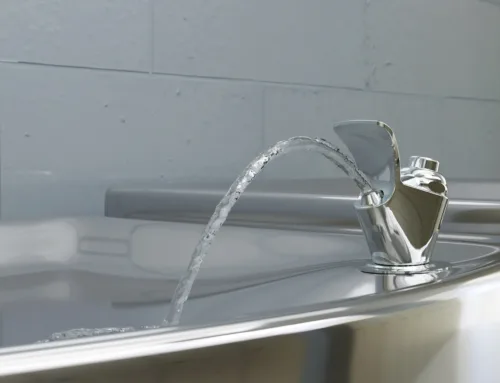
Economic Cycle
Across the nation, regions are in different stages of the economic cycle. Locations such as Miami and Sacramento are seeing a slow but steady increase in construction activity, while Chicago is undergoing a temporary rightsizing before an expected increase in future years. At the same time, the contraction and expected continued slowdown in markets such as Los Angeles and New York are worth noting. A deeper dive into the numbers reveals a reduction in residential demand across most markets.
Construction Jobs
Construction jobs rose by 239,000 in March 2019 from one year ago, the fourth largest source of job growth, next to health care and social assistance, accommodation and food services, professional and technical services, and manufacturing.
In terms of level change, the largest increases in construction jobs occurred in California, Washington, Nevada, Arizona, Texas, New York, Georgia, Florida, and West Virginia. As of March 2019, construction jobs made up a larger fraction of total nonfarm payroll employment—at six to eight percent—in Washington, Nevada, Utah, Idaho, Wyoming, Colorado, Florida, as well as Louisiana and West Virginia.
Lending Activity
Lending activity saw a welcome uptick in activity, with the FDIC Q1 quarterly report showing an increase in both construction loans and loan origination figures. Net income for banks increased by 8.7%, with margins also improving despite a tightening of standards for commercial real estate (CRE) loans. The Consumer Price Index continues to show strain with an average growth estimate from the Wall Street Journal of 1.3% for 2019. However, the Federal Reserve is still confident that its objective of 2.0% will be achieved.
Materials
Materials such as metals and lumber dropped significantly in 2019, although the latter is expected to bounce back towards the end of the year. Cement pricing is expected to rise with inflation but will ultimately remain flat. Demand for plywood and engineered wood products has dropped, driven mainly by the residential sector, and as a result production numbers have also been pulled back. Lower housing demand has also driven the price of gypsum down, which could see a decrease as high as 6% year–on–year. On the opposite side, glass continues to rise, with suppliers posting impressive year-on-year sales and tumbling fuel prices releasing pricing pressure. Sand, gravel, and stone are some of the few products to see increases over 2018, with an expected rise of 4.0% following a 3.6% increase in 2018. Demand is still high and the main source of that demand, the infrastructure sector, continues to be strong.
Labor
Construction labor continues to be an issue: despite over 100 months of employment increases, labor is still lagging behind volume, which in turn is pressuring price increases across the nation. The expected downturn in construction volume is expected to help alleviate this pressure, albeit minimally. Interestingly, the market is still 200,000 workers short of its 2006 high. Material pricing has started to slow as expected, with the majority of materials seeing significantly lower increases than in 2018. Unexpected but significant reductions in fuel prices have been a big driver of this slowing.
Product Spotlight: MOD
Single Handle Shower Trim Set
Description
Inspired by the dichotomy of sharp geometric principles and backed by Pioneer’s superior brass construction, the new MOD collection is the high-end contemporary styling solution homeowners and designers have waited for. The MOD collection perfectly aligns with the design needs of today’s urbanites, while delivering an environmentally conscious water experience around the home. With a carefully engineered rectangular spout, crisp angles, and smooth operating ceramic disc cartridges, MOD offers unmatched quality, functionality, and style.
- Single Handle Shower Trim Set
- Metal Lever Handle
- Ceramic Disc Cartridge with Temperature Limit Cap
- Single Function 6″ Square Showerhead
- 8-7/8″ L Shape Shower Arm And Shower Arm Flange
- With 1.75 GPM Flow Rate
- For Use with V-2300B Or V-2400B Series Valves – Valve not included
CERTIFICATIONS
- ADA Compliant
- IAPMO Listed
- CUPC Listed








